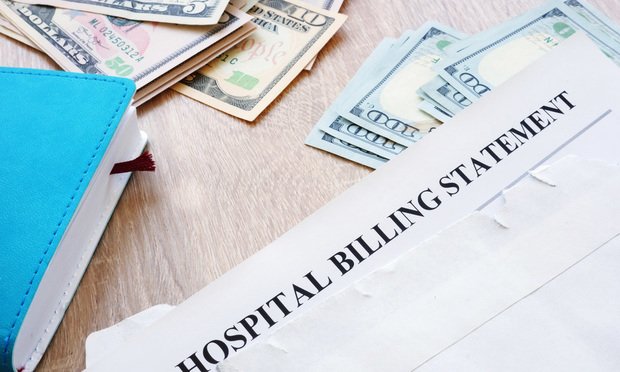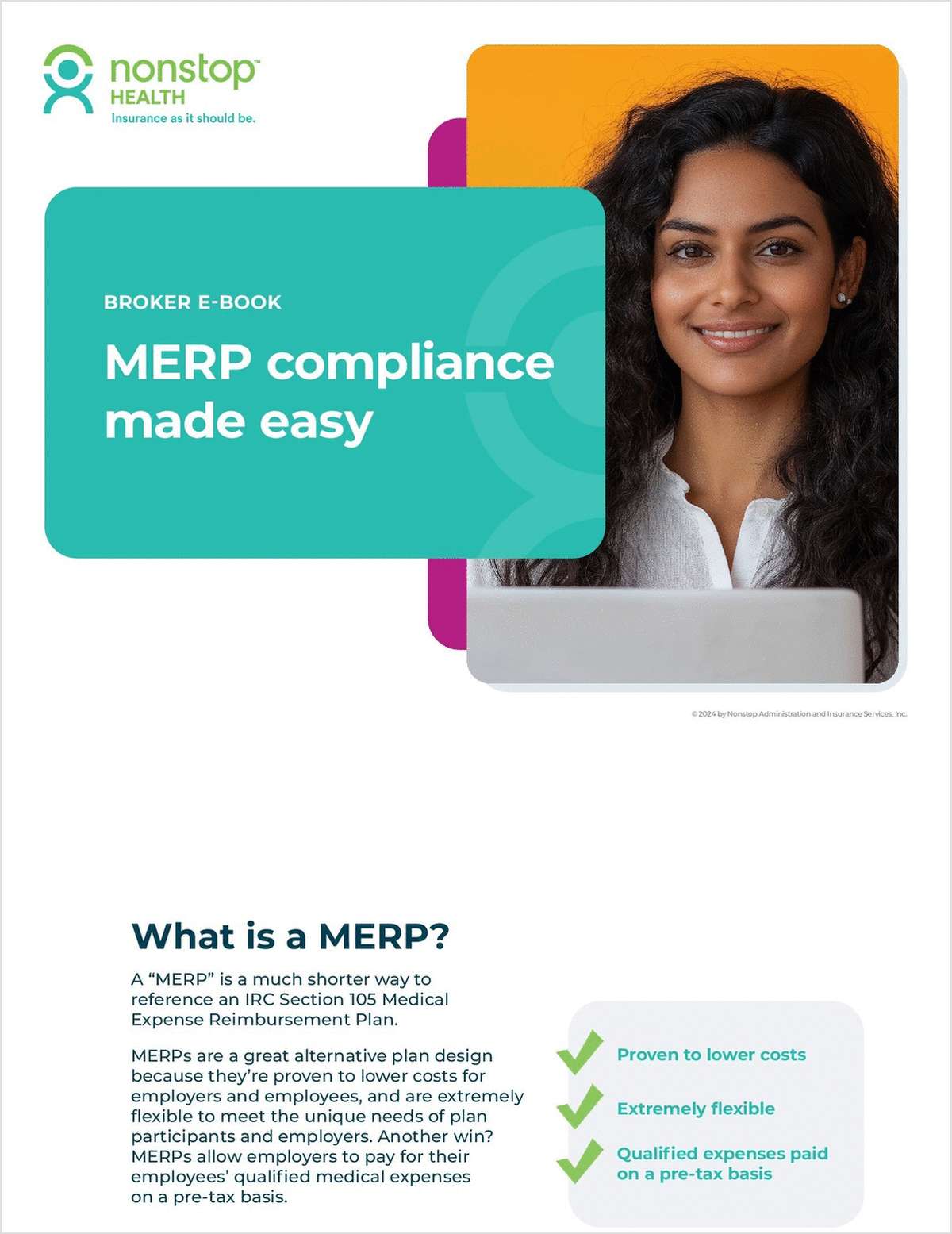Health savings accounts are gaining in popularity, and people are actually managing to accumulate larger balances in them. But that doesn't mean that they fully realize what they have in their HSAs: retirement savings tools. Related: 2019 HSA contribution limits announced When you think of it, the growth of HSAs—designed to help workers cope with the expenses of high-deductible health plans—is really pretty remarkable, considering that they didn't exist at all before 2004. |
Increasing enrollment in HSA-eligible health plans
According to the Employee Benefit Research Institute, "Enrollment in high-deductible, HSA-eligible health plans was estimated to be between 21.4 and 33.7 million policyholders and their dependents and covered nearly 3 in 10 employees in 2017." And when it comes to HSAs themselves, the report adds, at the end of 2017 there were an estimated 22.2 million. Related: What's the best combination of spending/saving with HSAs? As of December 31 of last year, there were 5.9 million such accounts, containing total assets of $13 billion, in EBRI's HSA database—most of which are relatively new, with 73 percent opened since 2014. |
A good year for HSAs
And 2017 was a good year for HSAs, with two thirds of account holders ending 2017 with positive net contributions—namely, they put in more than they took out. In fact, 95 percent of HSAs with individual or employer contributions during the year finished out 2017 with funds to roll over for future expenses. The gain? As of the end of 2017, EBRI reports, "the average HSA balance among account holders with individual or employer contributions in 2017 was $2,764, up from $1,873 at the beginning of the year. Only 5 percent of accounts with contributions ended 2017 with a zero account balance." So all these workers have high-deductible health plans and are putting money away in HSAs, then using less of it than they've saved to pay medical expenses. All's right with the world, is it not? |
Workers aren't investing HSA money
Well, no. That's because those HSA account holders could be getting a lot more mileage out of those accounts than just paying medical bills, yet they're letting potential retirement savings slip through their fingers. "The rise of HSAs is an encouraging sign for future financial wellness for individuals who have and contribute to HSAs," Paul Fronstin, Ph.D., Director of the Health Research and Education Program at EBRI and author of the study, is quoted saying. Fronstin adds, "Over time, balances increase, contributions increase, and the percentage of accounts investing rises. However, plan sponsors and administrators will need to support and educate account holders about tactics for self-funding uninsured medical expenses, including the benefits of moving beyond cash when investing HSA assets and explaining how contributing closer to the maximum allowed by law will increase the likelihood of being able to cover uninsured medical expenses in the future. With health care costs comprising such a large percentage of retirement expenses, the HSA should be viewed as an important retirement savings vehicle." Take a look at the slides above for the 3 ways workers aren't maximizing the benefits of their HSAs, according to EBRI.
Complete your profile to continue reading and get FREE access to BenefitsPRO, part of your ALM digital membership.
Your access to unlimited BenefitsPRO content isn’t changing.
Once you are an ALM digital member, you’ll receive:
- Breaking benefits news and analysis, on-site and via our newsletters and custom alerts
- Educational webcasts, white papers, and ebooks from industry thought leaders
- Critical converage of the property casualty insurance and financial advisory markets on our other ALM sites, PropertyCasualty360 and ThinkAdvisor
Already have an account? Sign In Now
© 2024 ALM Global, LLC, All Rights Reserved. Request academic re-use from www.copyright.com. All other uses, submit a request to [email protected]. For more information visit Asset & Logo Licensing.








